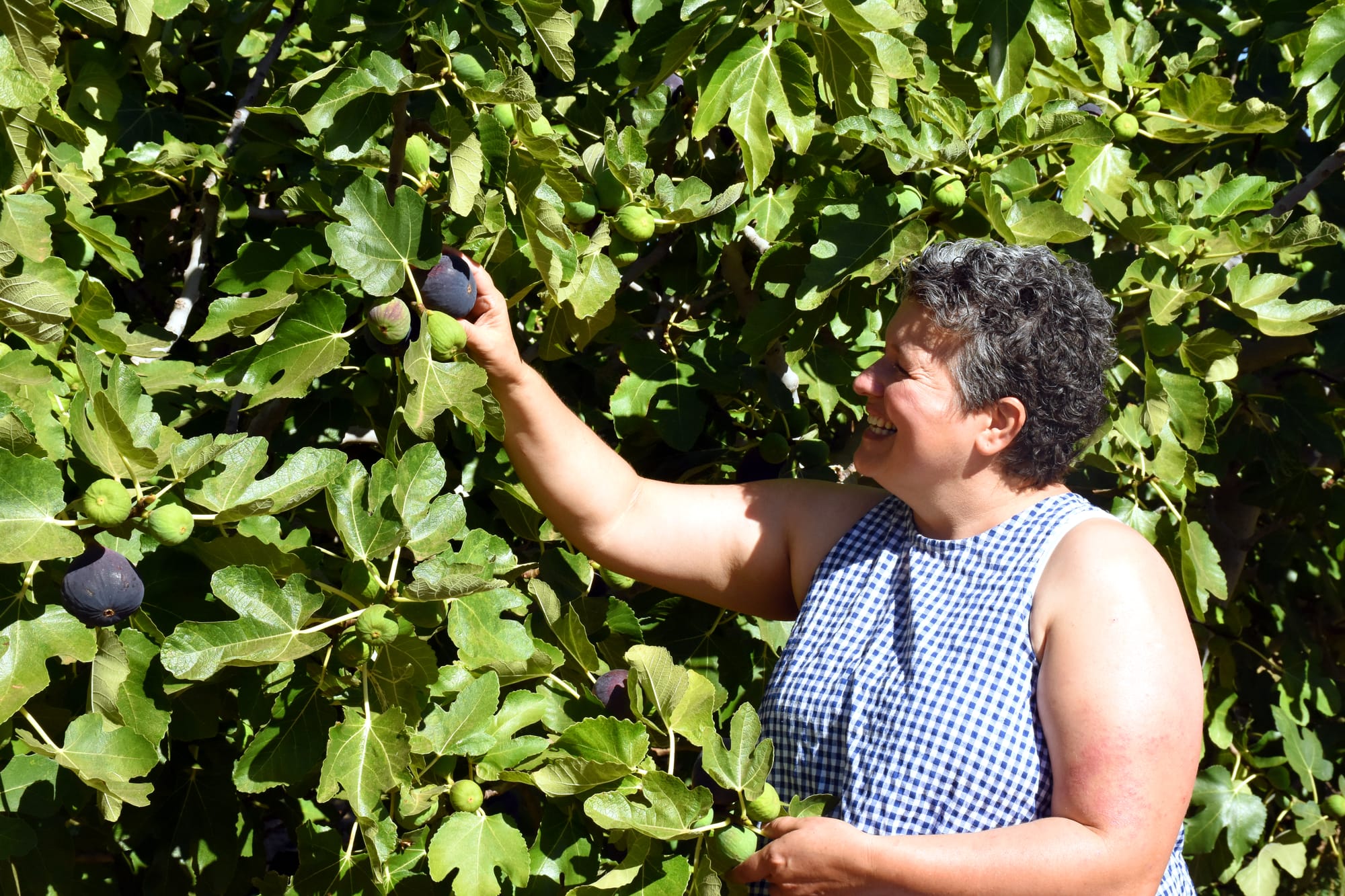Award-winning Riverland dried fruit? It's a pretty fig deal
JUST off the Sturt Highway in Monash lies a century-old family orchard of over 1000 fruit trees and a vineyard, all growing in the rich soil of the Riverland, with an award-winning dried fruit business to boot. Since moving home from the ‘big...






